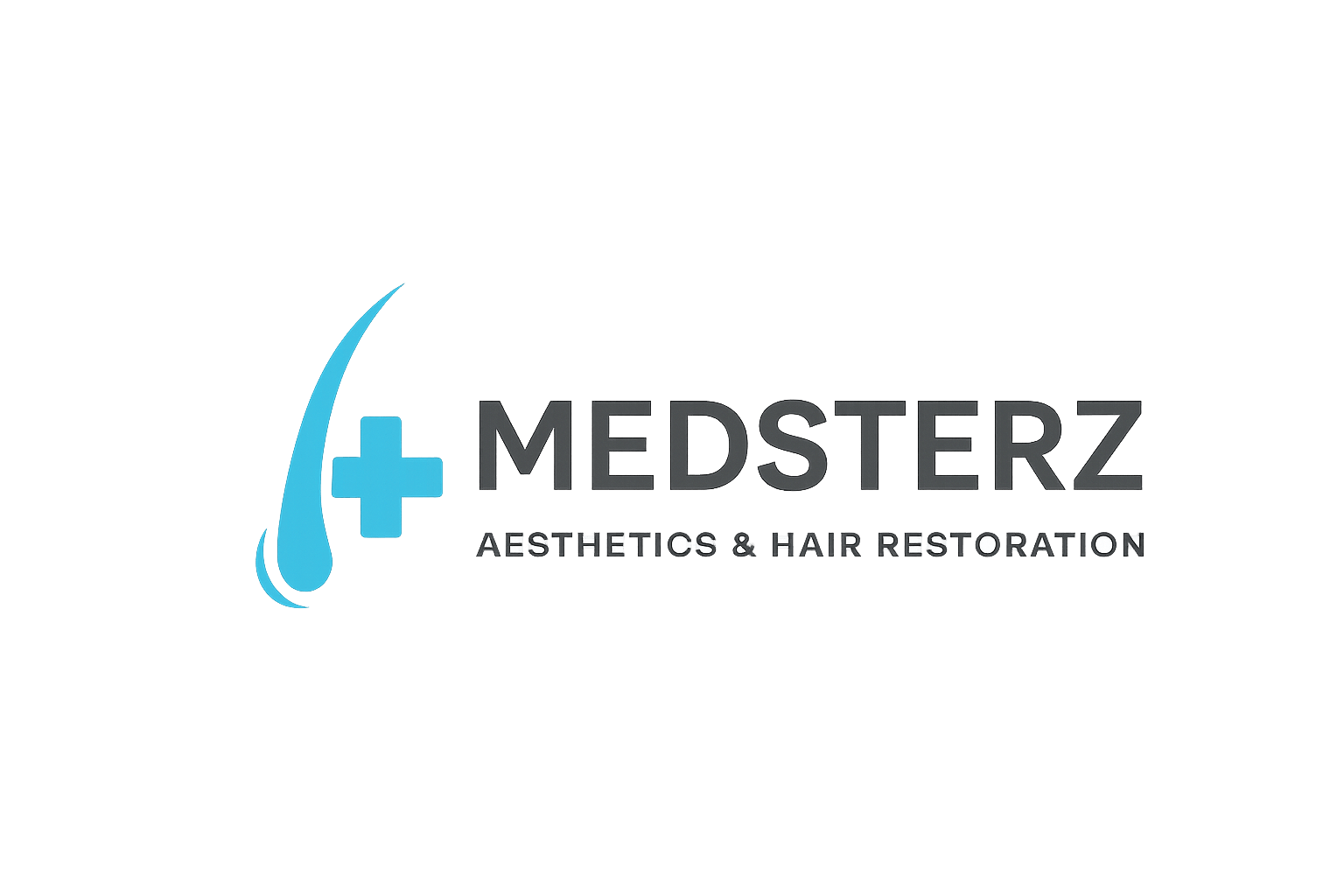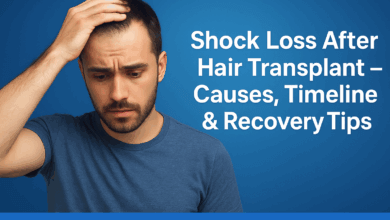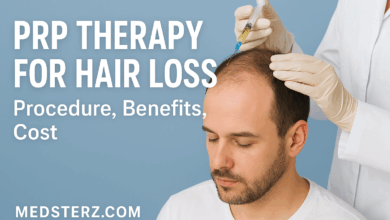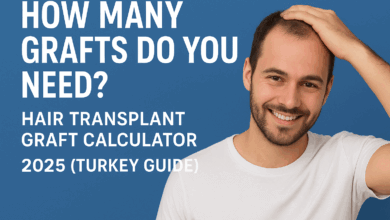PRP Therapy After Hair Transplant – Cost and Benefits in 2025
Discover how PRP therapy enhances hair growth, strengthens transplanted follicles, and improves recovery after your hair transplant in 2025.
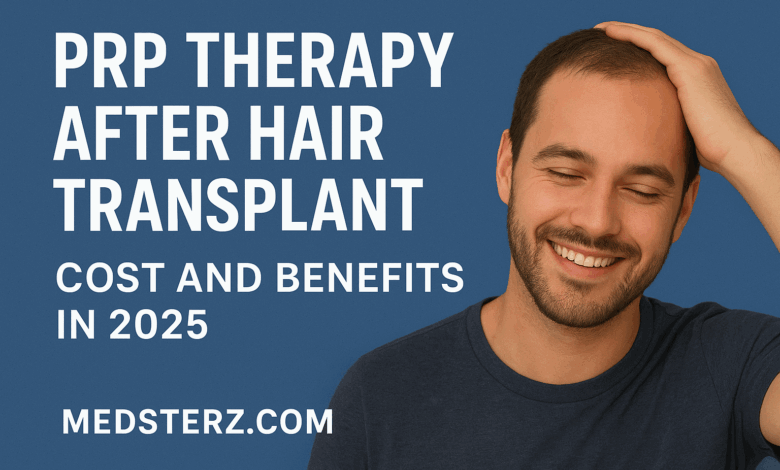
Introduction
After undergoing a hair transplant, patients often look for ways to boost results and speed up recovery. One of the most effective post-transplant treatments is Platelet-Rich Plasma (PRP) therapy.
In 2025, PRP has become a gold standard for enhancing graft survival, reducing hair shedding, and stimulating natural hair regrowth.
Let’s explore how PRP therapy works after a hair transplant, its benefits, cost, and why it’s highly recommended by top surgeons in Turkey.
What is PRP Therapy?
PRP (Platelet-Rich Plasma) is a treatment that uses a small sample of your own blood. It’s processed in a centrifuge to isolate platelets, which are rich in growth factors.
When injected into the scalp, these growth factors help:
-
Repair damaged tissues
-
Improve blood circulation
-
Stimulate dormant hair follicles
This makes PRP an ideal add-on after a hair transplant for faster healing and stronger results.
Why PRP Therapy After a Hair Transplant?
After transplantation, the scalp experiences minor trauma, and the new grafts need nourishment to survive.
PRP injections provide exactly that — natural, biological stimulation.
Key Benefits:
✅ Accelerates Healing: Reduces redness, swelling, and scabbing after surgery.
✅ Improves Graft Survival: Nourishes transplanted follicles for higher retention.
✅ Boosts Hair Growth: Promotes thicker, denser, and faster hair regrowth.
✅ Prevents Shock Loss: Minimizes the temporary shedding phase post-surgery.
✅ Strengthens Existing Hair: Enhances the quality and diameter of nearby natural hair.
How PRP Therapy is Performed
The procedure is quick, non-surgical, and usually completed within 30–45 minutes.
Step-by-step:
-
A small amount of blood is drawn (10–20 ml).
-
Blood is spun in a centrifuge to isolate the platelet-rich plasma.
-
The PRP is injected gently into the transplanted and surrounding scalp areas.
Typically, 3–4 PRP sessions are recommended at intervals of 4–6 weeks after the transplant.
When Should You Start PRP After Hair Transplant?
Most surgeons recommend starting PRP therapy 4–6 weeks post-surgery.
This allows time for initial healing and helps stimulate early growth phases of the grafts.
Some clinics even offer intraoperative PRP, where the plasma is applied directly during the transplant procedure — an emerging trend in 2025 for better outcomes.
PRP Therapy Cost in 2025
The cost of PRP therapy varies by location and number of sessions required.
| Country | Cost per Session | 3 Sessions (Avg.) |
|---|---|---|
| Turkey | $100 – $200 | $300 – $600 |
| USA | $400 – $800 | $1,200 – $2,400 |
| UK | £300 – £500 | £900 – £1,500 |
| Europe | €250 – €450 | €750 – €1,350 |
💡 In Turkey, many top hair transplant clinics include PRP sessions as part of their post-transplant care package, making it more affordable.
Results You Can Expect
After completing the recommended PRP sessions, patients notice:
-
Reduced shedding within 4–6 weeks
-
Stronger graft retention by 3 months
-
Noticeably thicker regrowth within 6–9 months
By 12 months post-transplant, PRP helps achieve denser, healthier, and more natural results.
Conclusion
In 2025, PRP therapy remains one of the best supportive treatments after a hair transplant.
It’s safe, natural, and clinically proven to enhance both the speed and quality of results.
If you’re planning or recovering from a hair transplant — especially in Turkey, where PRP is widely available — it’s an investment that truly pays off in thicker, healthier, and stronger hair.
